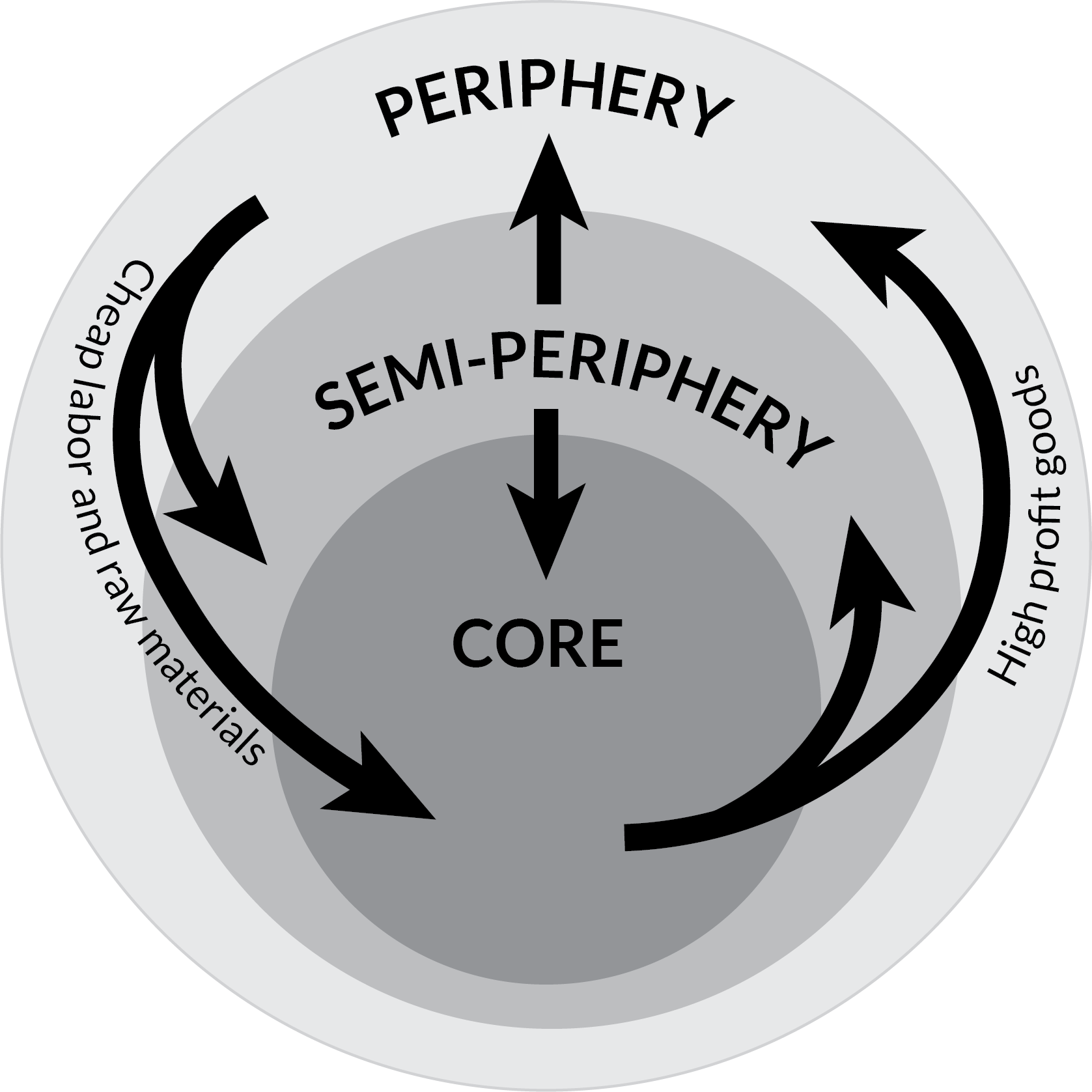- Home
- Prelims
- Mains
- Current Affairs
- Study Materials
- Test Series
 EDITORIALS & ARTICLES
EDITORIALS & ARTICLES
Examine the World Systems Approach as developed by Immanuel Wallerstein. (UPSC CSE Mains 2017 - Political Science and International Relations, Paper 2)
Immanuel Wallerstein’s starting point is the concept of world system analysis. A World system is characterized by a certain economic and a certain political structure with the one depending on the other.
The capitalist world economy was established in ‘the long sixteenth century’ (1450– 1640). It was based on an international division of labour that covered Europe first, but soon expanded to the Western hemisphere and later also to other parts of the world. Within this division of labour, a process of specialization took place; this happened in a somewhat accidental way at first; for a number of reasons north-west Europe was in a better position to diversify its agriculture and to connect it with industrial advance in textiles and shipping. So, the capitalist world economy is built on a hierarchy of core areas, peripheral areas, and semi-peripheral areas. The core areas contain the advanced and complex economic activities (mass-market industries and sophisticated agriculture). Furthermore, these activities are controlled by an indigenous bourgeoisie. Peripheral areas are at the bottom of the hierarchy; they produce staple goods such as grain, wood, sugar, and so on. They often employ slavery or coerced labour; what little industrial activity exists is mostly under the external control of capitalists from core countries. Semi-peripheral areas are economically mixed; they are a middle layer between the upper stratum of core countries and the lower stratum of peripheral countries.
A basic mechanism of the capitalist world economy is unequal exchange. Economic surplus is transferred from the periphery to the core. Surplus is appropriated from low-wage, low-profit producers in the periphery to high-wage, high-profit producers in the core. This transfer is further accentuated by the emergence of strong state machineries in the core and weak state machineries in the periphery. Strong states can enforce unequal exchange on weak ones. Thus capitalism ‘involves not only appropriation of surplus value by an owner from a labourer, but an appropriation of surplus of the whole world-economy by core areas. And this was as true in the stage of agricultural capitalism as it is in the stage of industrial capitalism’.
In the process of unequal exchange, tensions are created in the system. The semi-periphery has an important function in this regard. It provides an element of political stability, because the core countries are not facing unified opposition; the semi-periphery acts as a buffer or shock absorber. At the same time, the world economy is not entirely static; any single area of the system may change place from periphery to semi-periphery, from semi-periphery to core, and vice versa. Furthermore, the types of commodities involved in core and peripheral economic activities respectively are subject to dynamic change. Technological advance means that the concrete content of what is ‘advanced economic activity’ always changes. At one point it was textiles; in a later phase it was industrial machinery; today, it is information- and bio-technology together with financial and other services. But Wallerstein emphasizes that the capitalist system as such does not change: it remains a hierarchy of core, semi-periphery, and periphery, characterized by unequal exchange.

Wallerstein sees the end of the Cold War and the destruction of the Soviet Bloc as a consequence of the development of the capitalist world economy. However, the long-term prospect is the demise of the capitalist system, because the contradictions of that system are now unleashed on a world scale. Success, not failure, is the real threat to global capitalism; when the possibilities for expansion are all used up, the never-ending quest for more profit will lead to new crises in the world capitalist economy which sooner or later will spell its transformation.









 Latest News
Latest News General Studies
General Studies